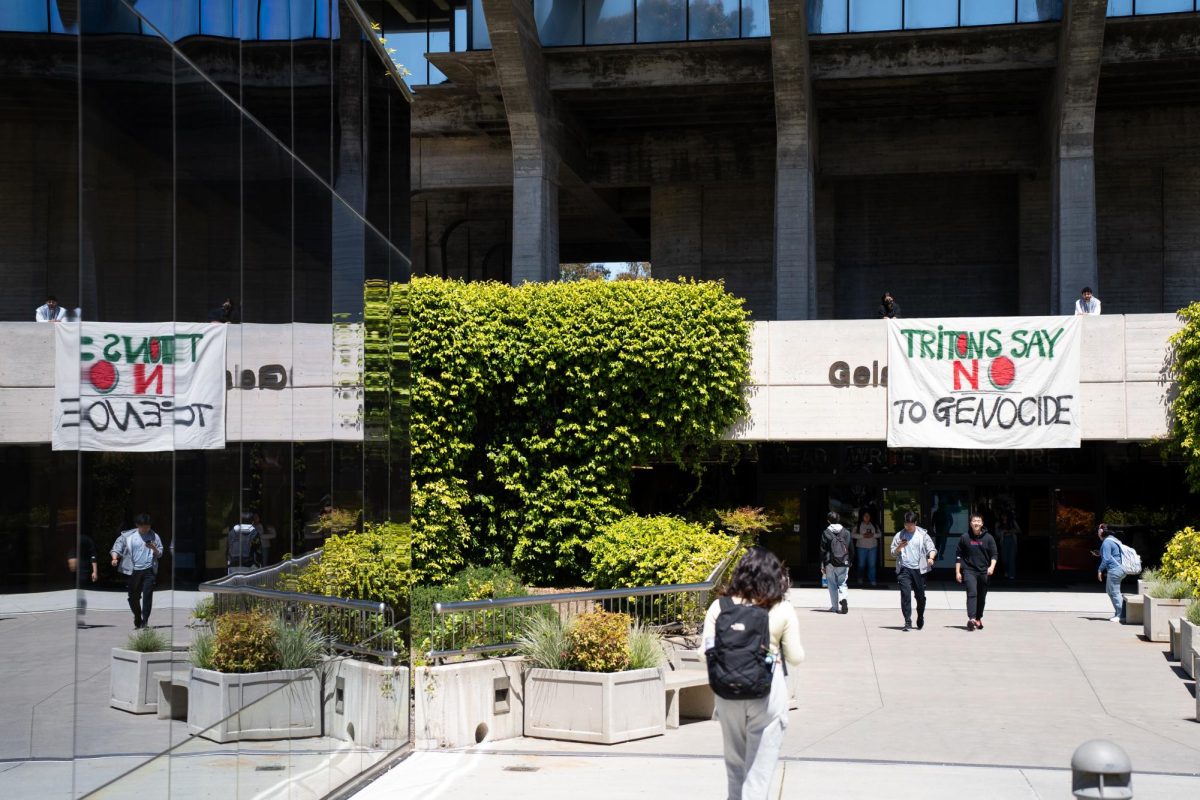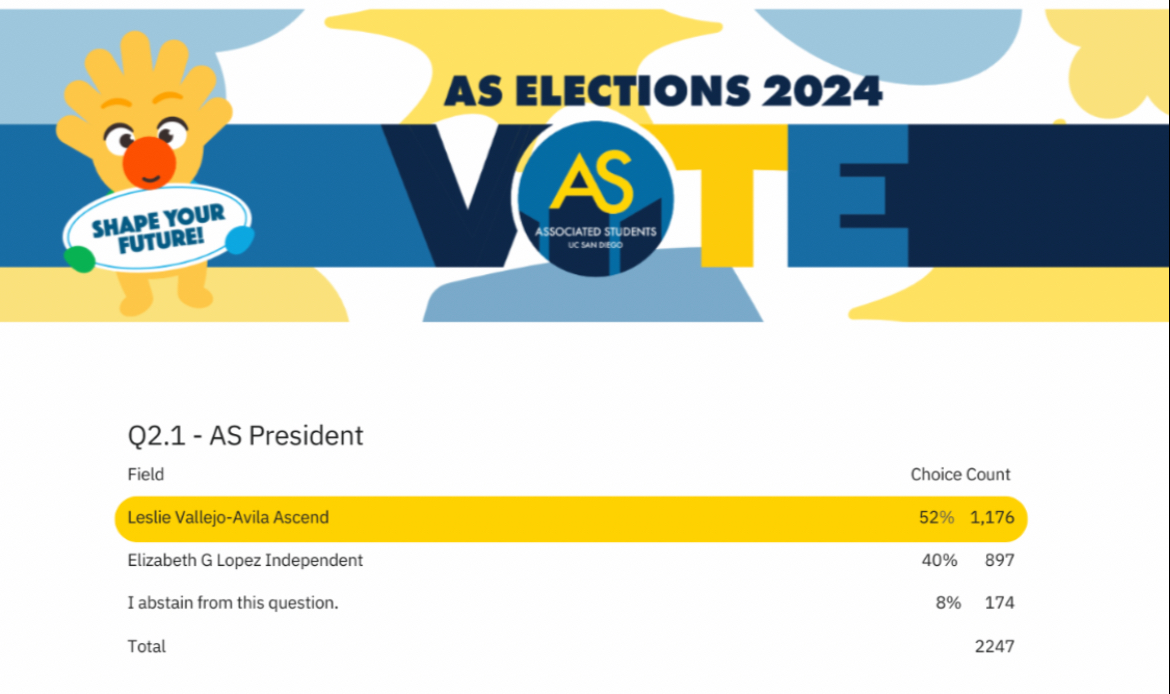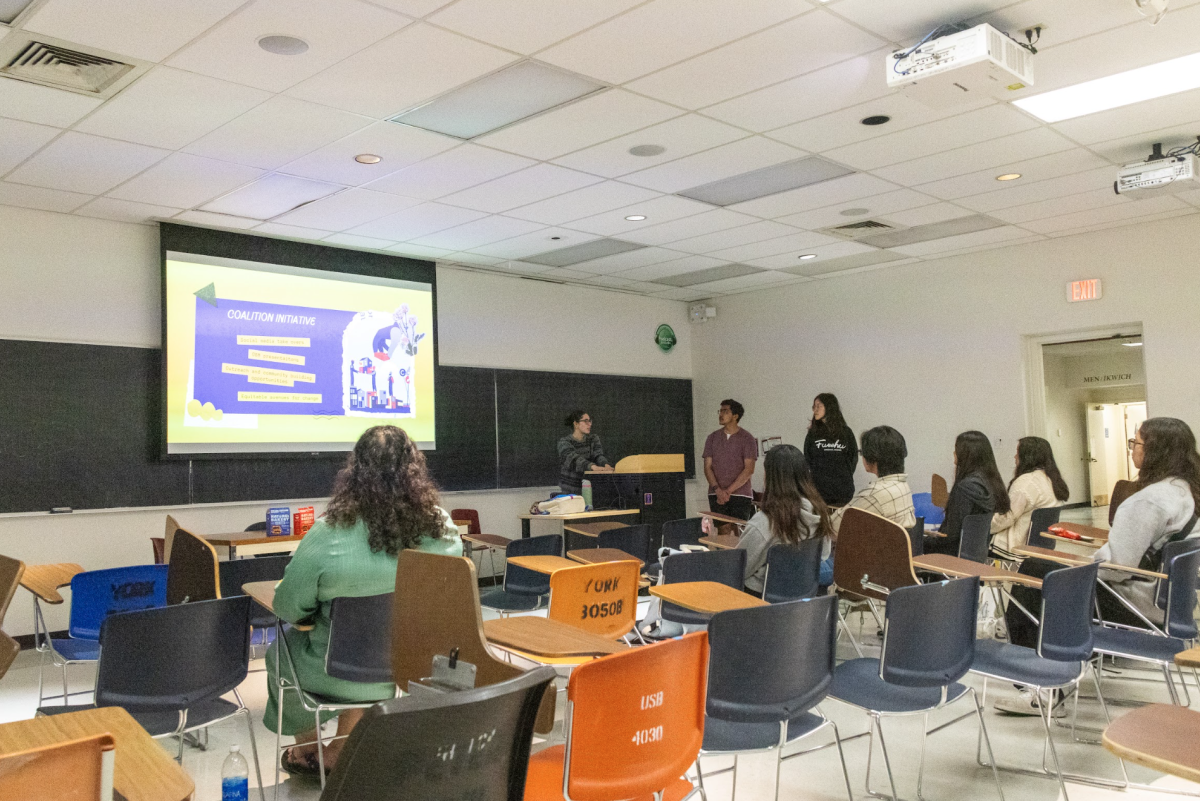Editor’s Note: This article contains potentially upsetting discussions regarding domestic and sexual violence.
A few years ago, a peer told me about being on the sidelines while her parents had a small, physical altercation that led to the police appearing at their doorstep late at night. Her mother, who called the officers, eventually sent them away—despite their earnest insistence that she could have her husband arrested with a signed police form.
This contrasts with a time decades ago when police officers attempted to mediate situations of domestic violence by having the two parties talk to one another and “cool off.” Now, cases of violence are more scrutinized and less stigmatized.
Still, if not solely out of desperation, calling the police in urgent times requires a belief they will help. Trust, confidentiality, and certainty are all necessary. Even if trust is ensured and the perpetrator is arrested, abusers are often not locked away—except in extreme cases. And if one chooses not to pursue charges—either to protect their loved ones or to prevent future retaliation from them—the abuse goes unpunished and unchallenged. There is little room for easy answers.
According to the Cal. Penal Code 13701, an arrest can happen if there is probable cause that a domestic violence offense has been committed, but the aim is usually to find the primary aggressor. If a previous arrest record or an existing restraining order is uncovered, a mandatory arrest would be conducted in the state. A mandatory arrest entails that if there is probable cause for officers to believe that domestic violence occurred, an arrest can be made whether the crime actually took place or not.
Also, individuals who inflict direct harm against their partner or spouse can be imprisoned for up to four years along with or without a fine, according to Penal Code Section 273.5.
Some argue that states with mandatory arrest policies have more arrests involving domestic abuse, particularly for women. Again, this does not always mean that the crime was actually perpetrated by both parties. However, David Hirschel, a researcher on domestic violence cases, stated in a 2008 piece that this may come from the inclination to arrest all parties involved (to be unbiased) and an inability to find the main aggressor. He also found that arrests did not usually lead to convictions.
When all parties are arrested in these cases, the individual who faced abuse may not put their trust in the criminal justice system if a later incident of abuse transpires.
Thus, while actions like an arrest would physically remove the main aggressor(s) from the equation, this route does not necessarily establish an avenue for the perpetrator to correct their ways or even stop them from committing the same violence again.
The prevalence of domestic abuse is evidently immense. As stated by the National Coalition against Domestic Abuse, as of December 2019, California had submitted 12,484 domestic violence misdemeanor convictions to the National Instant Criminal Background Check System; a staggering proportion of both women and men have experienced some form of physical violence by a partner. According to a 2016/2017 survey by the National Intimate Partner and Sexual Violence Survey (NISVS), about 41% of women and around 26% of men experienced sexual violence, physical violence, and/or stalking by an intimate partner at some point in their lives.
But treating the issue punitively in a one-size-fits-all way is inappropriate. Although standalone instances of abuse are uncommon, the cases may not happen linearly and consistently. And while physical abuse is given the most attention by police, there are other forms of abuse just as harmful but more difficult to identify and address, such as financial, psychological, and others.
Ellen Pence, one of the founders of the Duluth Domestic Abuse Intervention Project, took on a more women-oriented stance when she stated that men who abuse their partners do so over a span of years and that abuse is a social tool for a man to sustain and establish a patriarchal relationship. To her, the way to address domestic violence was to destroy this attitude .
In an article called “Can You Cure A Domestic Abuser?,” Matthew Wolfe of The Atlantic writes that most domestic abusers don’t go to prison. Again, this points to how the abuse must be severe enough.
For proponents of second chances, being in a violent environment of incarceration may socially construct abusers to stray from rehabilitation and go down the path of recidivism.
Instead, the abusers are sent to “batterer intervention programs” or BIPs, with instruction prioritizing aspects of second-wave feminism or the damaging patriarchy that contributes to harming their partners—such as what Pence stands for.
The Duluth model has grown and is widely used among other programs, but isn’t perfect despite its good intentions. The agenda is to help abusers take responsibility for their past violence and unravel their patriarchal perspectives. But Wolfe states that it doesn’t address issues that would spring up in same-sex relationships or assaults committed by women. Also, second-wave feminism didn’t accommodate all women — notably by excluding women of color.
This, along with other problems like trauma or addiction, could contribute to why people abuse their partners. He states that knowing about men’s and women’s positions and “roles” in the patriarchy doesn’t exactly help in a scenario where individuals are subject to abuse from individuals with alcohol addiction.
Further, in these programs, the participants don’t usually see their faults and can easily veer to see themselves as the victims of abuse. They aren’t always willing to change their behavior, but proponents of the model are adamant it helps reduce recidivism rates of abusers if done properly and not as the only means of helping perpetrators.
Domestic violence doesn’t affect everyone equally, either. A few years back, Rachel Bellesen had her record cleared for shooting her ex-husband in self-defense—a man with multiple domestic abuse charges against him. She acknowledged her privilege as a middle-class, white individual, a privilege that may have been the only thing between her and imprisonment for life.
Elizabeth Bernstein, a sociologist and professor, wrote an article titled, “The Sexual Politics of the ‘New Abolitionism.’” She coined the term “carceral feminism,” which asserted a law-and-order agenda with feminist and gender policies at the forefront. The concept is linked with anti-trafficking and, in this case, domestic abuse.
For different groups, the perception of law and order is different—for many people of color, trusting the institution to protect them seems foolhardy. Not only might domestic abuse arrests be conducted in ways that aren’t on the side of women of color, but minority groups also may not be willing to trust the police enough to call for help if they are the victims. They might not even trust that they will be believed when the police do come to their door.
Still, Louise M. Herd from UnHerd states that for those who repeatedly commit abusive behavior to the point that they receive restraining orders, charges, and a prison sentence, perhaps the law-and-order route could be ideal. If one cannot be rehabilitated, prison shouldn’t be off the table when it comes to the potential harming of other victims.
On the whole, even if someone does not commit a crime grievous enough to go to prison, a victim still suffers at the hands of someone who abuses them. It is true that arrests aren’t always made, and convictions are handed down even less frequently.
For some, a swift call to action to get an individual locked away is the answer to protect those who are abused, while others push for an opportunity for regrowth through programs for rehabilitation.
The peer who noted the two police officers’ firmness in supporting her mother knew they were sincere. But following the arrest, despite their best intentions, there are factors to consider that make sustained change hard. Just as abuse is usually spotted with dormant periods and doesn’t happen linearly, where the abusers go after arrests is also a complicated story.
Photo courtesy of Aneta Lusina from Pexels
















